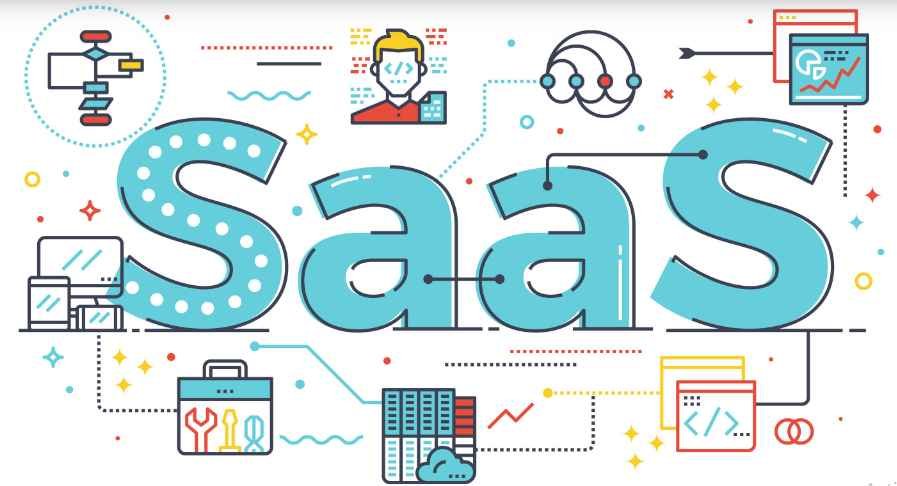Commercial printmaking is a process that prints items for businesses such as leaflets and brochures. There is, of course, a lot more to it than that and there are multiple forms of printmaking. Some popular printing processes used in commercial projects are direct-to-press printing, digital printing, lithography, flexography, and screen printing. But the most popular method offset printing, also known as lithography printing. Lithography printers are printing presses which employ a series of cylinders to transfer images to paper or sometimes other types of substrate. Its widely used as it can produce high-quality prints in large numbers more cost-effectively, and rapidly than other methods. Lithography printing commonly used to produce magazines, brochures, stationery and sell sheets. However, digital presses are becoming more popular because of their efficiency, affordability, and flexibility. This printing method commonly used for short-run projects or those that frequently updated.
Industries Using Commercial Printing Services.
Commercial printing services can used by a wide range of businesses and organisations, including publishing, advertising and marketing, architecture and graphic design, car dealerships, government agencies, hospitality and real estate. The creative possibilities of commercial printing render it invaluable for businesses which need to produce high-quality printed materials without having to wait long.
The Different Types of Commercial Printing:
Offset Printing.
Offset Printing, or lithography printing, is the most common and cost-effective type of commercial printing for producing quality prints in large quantities. Smaller quantities are also possible, but the set-up time and cost involved make it more suitable for large jobs. The process involves the transfer of an image from a plate to a rubber blanket, and then onto the printing surface. Offset printing can offer a wide range of colours.
Digital Printing.
Digital printing is much quicker and easier to set up than offset printing, and so is ideal for smaller jobs and those that need to be completed quickly. It doesn’t use plates, which makes it cheaper than offset printing. It is also perfect for variable data printing, where images, graphics and text vary from one item to the next.
Large Format Printing.
Large format printing used for printing very large documents like posters and banners. It’s commonly use for outdoor advertising because it can use to create high-quality, weather-resistant prints. Large format printing can also used, for example, for backdrops, wall decoration, and photo canvas prints.
Flexography.
Flexography is a rotary printing method whereby ink applied to a surface with flexible rubber printing plates. Its commonly used in the food industry as the inks used are safe on wrappers, labels and cartons that in contact with food.
Gravure.
Gravure is a type of printing where the image engraved on a metal plate. It’s commonly used for long print runs because it produces high-quality prints with little damage to the printing plates.
LED UV Printing.
This is a new method of commercial printing using UV light to cure the ink. It’s becoming very popular because it is eco-friendly and the colours are resistant to bleeding. It can be used on a variety of materials but is expensive in comparison to other traditional printing methods.
The Three Steps in the Printing Process:
The printing process varies according to the type of commercial printing you use, but there three steps that typically involved. These are pre-press, press, and post-press.
Pre-Press
Pre-press is the first step in the commercial printing process. This is where the planning and preparation takes place. Most of the pre-press done on a computer. Pre-press includes composition, typesetting, graphic arts like photography, file formatting, and image assembly. These operations prepare everything for a printed image to transferred to an image carrier, such as a plate, cylinder, or screen. Pre-press also converts digital files into a form that the press can understand and prepares the files for printing. During pre-press, proofing for errors takes place to ensure everything is ready for printing. The result should provide an accurate representation of how the final product will look once its printed.
Press.
Once the pre-press is complete, it’s time for the press where the printing process takes place. This involves setting up the presses and printing the image onto a substrate, using either an offset printing press or a digital press. The specific press setup depends on the type of substrate being used. It might be necessary to use a different printing plate or colours to achieve the desired result on different materials. During the press, it is necessary to ensure everything is correctly align to prevent a disastrous result.
Post-Press
Once the printing is finished, it’s time for the post-press. This involves trimming, folding, scoring, and binding. It also includes finishing processes such as embossing, die-cutting, varnishing, and laminating. These processes will define the finished look of the run. Finally, post-press involves packaging for shipping or storing until the prints are ready for distribution. This will ensure your prints arrive in perfect condition, and look exactly how you intended.
The Future of Commercial Printing.
Commercial printing evolves as new technologies developed and incorporated and new applications uncovered. Innovation means staying ahead of the competition and embracing change will result in success. There are certain significant trends that are already shaping the future of commercial printing. Over the next few years printing companies will see increased demand for promotional materials from retail, food, and beverage sectors.
The global market for luxury packaging also expected to rise significantly. Eco-friendly initiatives becoming more popular, and printing processes will expected to become more sustainable. Already many commercial printers are using recycled paper. We can expect to see more vegetable oil-based inks being used as well, as they are much more environmentally friendly than traditional inks. The drive for ever-faster printing runs at a lower cost is driving change in digital print technology. In fact, this is one of the main factors stimulating change in the printing industry. Digital printing is consequently expected to grow significantly and consistently.




